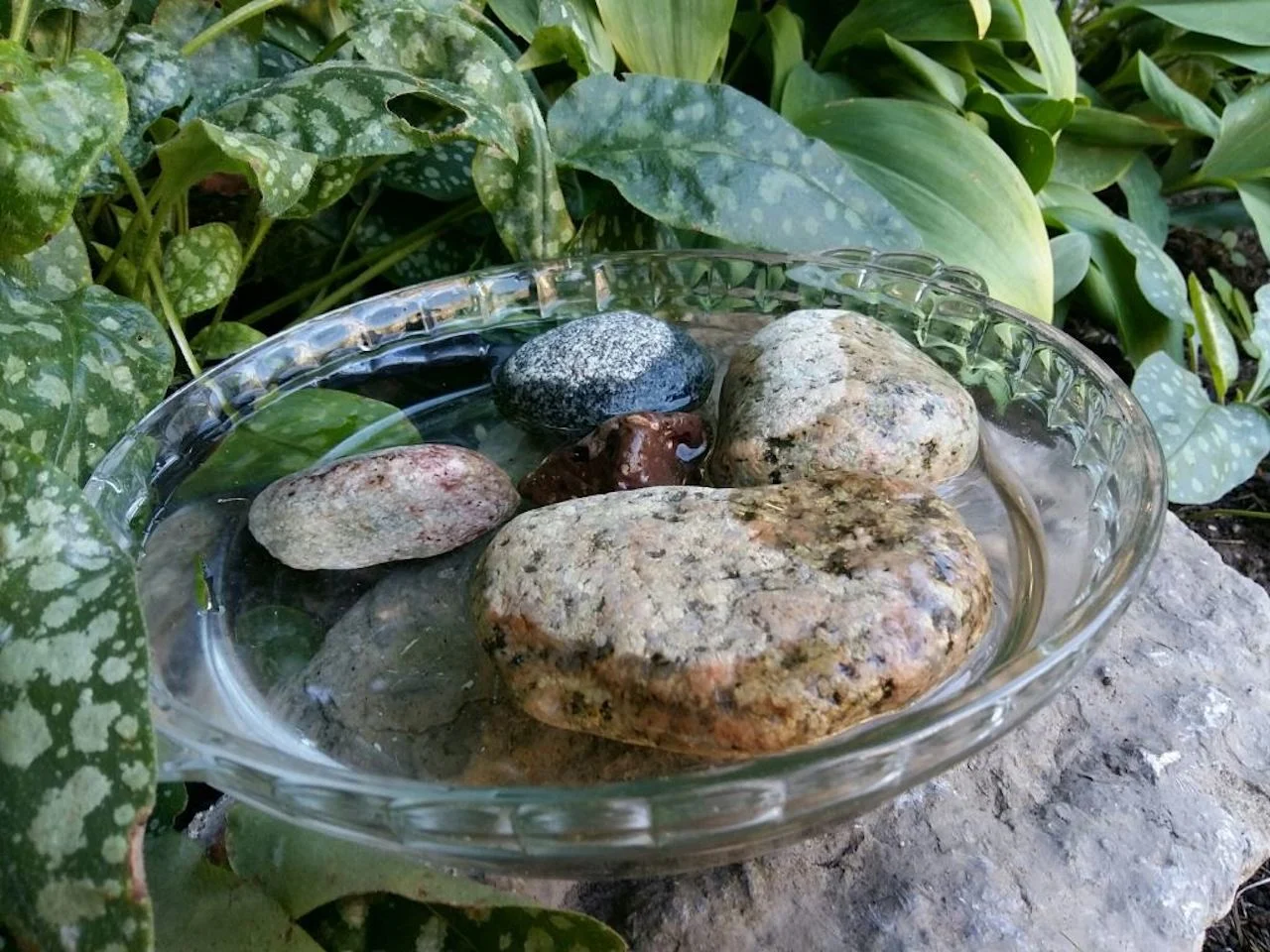
Create a watering haven for insects with these easy-to-make dishes
These simple insect dishes can provide ample benefits to Mother Nature's little critters and can boost our biodiversity, says a Canadian Wildlife Federation (CWF) education specialist.
Insects crave a sip of water for hydration, just like humans and other living organisms, but sometimes they need a helping hand in getting replenished.
That's where we come in. There are some easy and fun projects you tackle at home to help them out, whether it’s creating dishes for bees or mud puddles for butterflies, among others. They can be done at any time of the year, aside from winter, when they have migrated or are in hibernation.
Visit our Complete Guide to Fall 2021 for an in-depth look at the Fall Forecast, tips to plan for it and much more!
For example, the Canadian Wildlife Federation's (CWF) Gardening for Wildlife program encourages Canadians to get outside and transform home, school and community gardens into wildlife-friendly habitat. As part of that initiative, the organization has some do-it-yourself (DIY) projects that support the insects in their quest to stay hydrated.
Sarah Coulber, education specialist with the Canadian Wildlife Federation (CWF), recently spoke to The Weather Network about installing backyard dishes for insects and the benefits they provide.

(Sarah Coulber)
"The benefits to wildlife are definitely there because our wildlife need food, they need water and they need shelter like we do. They get these from different sources and it’s important we include as much as we can in our garden," said Coulber.
MAKING INSECT DISHES
The CWF has step-by-step tips on building nourishing water sanctuaries for nature's small critters. What you will need to make them are two shallow dishes or bowls, larger pebbles or rocks, sandy soil, and of course, water.
"They actually don’t take up much time or money. I have made, even with my daughter when she was younger, an insect dish. It was a saucer from a plant pot," said Coulber. "We cleaned it, we put some stones and sticks in it, added a little bit of water to it and presto. It was there. We did see some insects over time go to drink from it.”
Bee and dragonfly dish
This will only take up a small spot in your backyard. Bees even use water in their hives to cool down their homes.
Take one of the shallow dishes or bowls, and place it in a shady area in your backyard.
Add different-sized rocks or pebbles to the dish.
Add some water but make sure you don’t fill it too much. You want the pebbles or rocks to stick out above the water. The idea is bees and dragonflies will be able to perch on the rocks and grab a sip of water when they need it.

(Sarah Coulber)
The good thing about the projects is their low cost and maintenance frequency. Regarding the latter, Coulber says it just depends on weather conditions, but you do need to check the dishes every so often so you can avoid having bacteria grow or mosquitoes breed in the water.
SEE ALSO: Not so fast: Here's why you shouldn't rake leaves in the fall
“If it has just been extremely hot and dry, the hotter it is, the more often you’re going to want to change the water. If it hasn’t been overly hot then it’s not quite as much of an issue. Kind of like when changing hummingbird feeders. It depends on the rainfall you have and the temperatures,” said Coulber.
“As long as it looks clean to you, then you’re fine. But if after a number of days you want to tip it out and give it fresh water, that’s probably a good idea. So it could be once a week, it could be longer than that, it could be shorter than that.”
Butterfly mud puddles
Butterflies acquire nutrients from mud to keep them strong and healthy, so they will always enjoy a quality mud puddle.
It’s also a simple matter of using a shallow dish and filling it with sand or compost, Coulber said.

(Sarah Coulber)
Take the other shallow dish or bowl and add some sandy soil to it.
Add just enough water to keep the soil damp.
Check on the mud puddle to make sure it’s moist enough.
If you get rain, be sure to check on the mud puddle and pour out any excess water. Too much water isn’t great for a mud puddle.
“Make sure it’s not sterilized sand because the whole point of this is for these creatures to get their minerals from this source. You’re going to put some sand in the dish, you can wet it with some water and then re-wet it as needed," said Coulber.
"If you have a major rainfall or it gets soaked, you might need to tip some of that excess water out.”
You can also do a combination of sand on one side and stones on the other, she added. As well, certain butterfly species will also be drawn to exposed earth or compost that has become damp, using it to find food and water.
HOW TO SUPPORT YOUR LOCAL WILDLIFE
The CWF offers a number of resources for how people can support their local migratory wildlife with food, water and shelter, as well as managing your space in a safe way.
The organization also has information on how to certify your garden. Its Garden Habitat Certification recognizes Canadians who make their home, school, business or community plots suitable for wildlife by certifying their outdoor space as a wildlife-friendly habitat.

(Sarah Coulber)
“By supporting a diversity of species...the more biodiversity we have in our garden, in our community, the more that helps nature in general, and that helps us in turn," said Coulber. "We need beneficial insects to help pollinate our plants. Beneficial insects also help keep potential pest species in check.”
Thumbnail courtesy of Sarah Coulber.
Follow Nathan Howes on Twitter.











